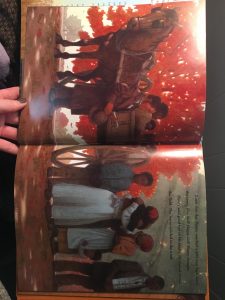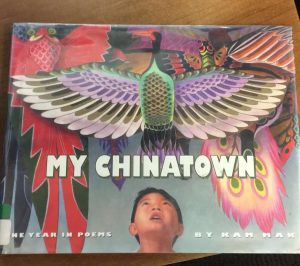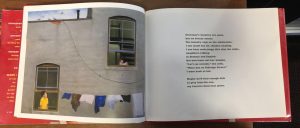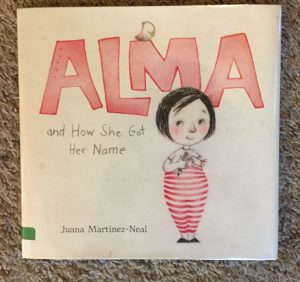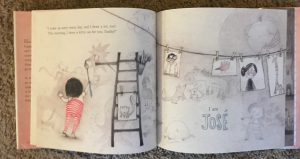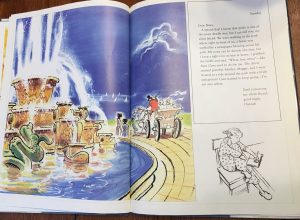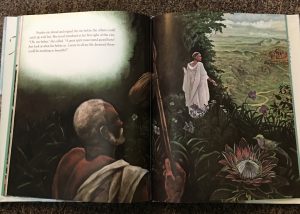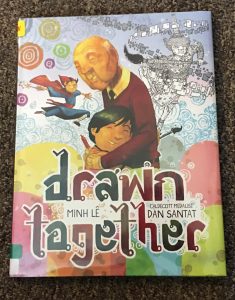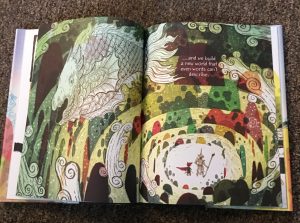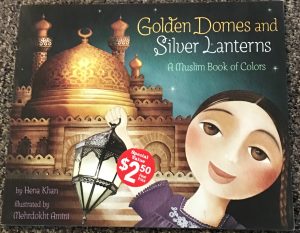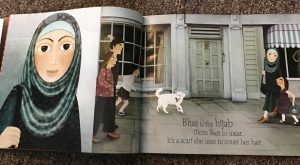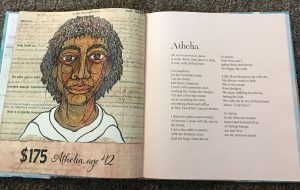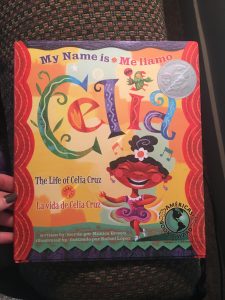

Title: My Name is Celia
Author: Monica Brown
Illustrator: Rafael López
Publisher and Year: Northland Publishing, 2004
Number of pages: 26
Tags/Themes: Culture, Diversity, Award Book, Non-fiction, Picture Book, K-1, Olivia Ruff
Genre: Non-fiction
Descriptive Annotation: This book is about the life of Celia Cruz, a salsa musician from Cuba. She left Cuba and pursued music in America. Her music reminds her of home, and the entire story is in both English and Spanish. The illustrations are bright and cheery with Spanish influence.
Classroom Application: This story would be great for an ELL or ESL class for young kids because it has both English and Spanish in it. The story covers the real life story of Celia Cruz, and this could be a positive book for students who are immigrants. This also could be good for students in a Spanish class in high school since it has both languages.
Linguistic and Cultural Diversity Analysis: This story is about an immigrant from Cuba, and this would be useful for students who are immigrants themselves as well as students who are not immigrants. The book shows the power of music through nostalgia, so it could foster some conversations about immigrants as well as music. Children could discuss an aspect of their lives that they would see as their “sugar,” something that represents their culture or their family. Quotes: “In the evenings, I would help my mother put the younger children to sleep by singing them soothing, sweet lullabies” (6) and “From that point on, when I walked out on stage I would simply say, ‘SUGAR!’ And they would know exactly what I meant-home and love and lots of kisses” (18).


